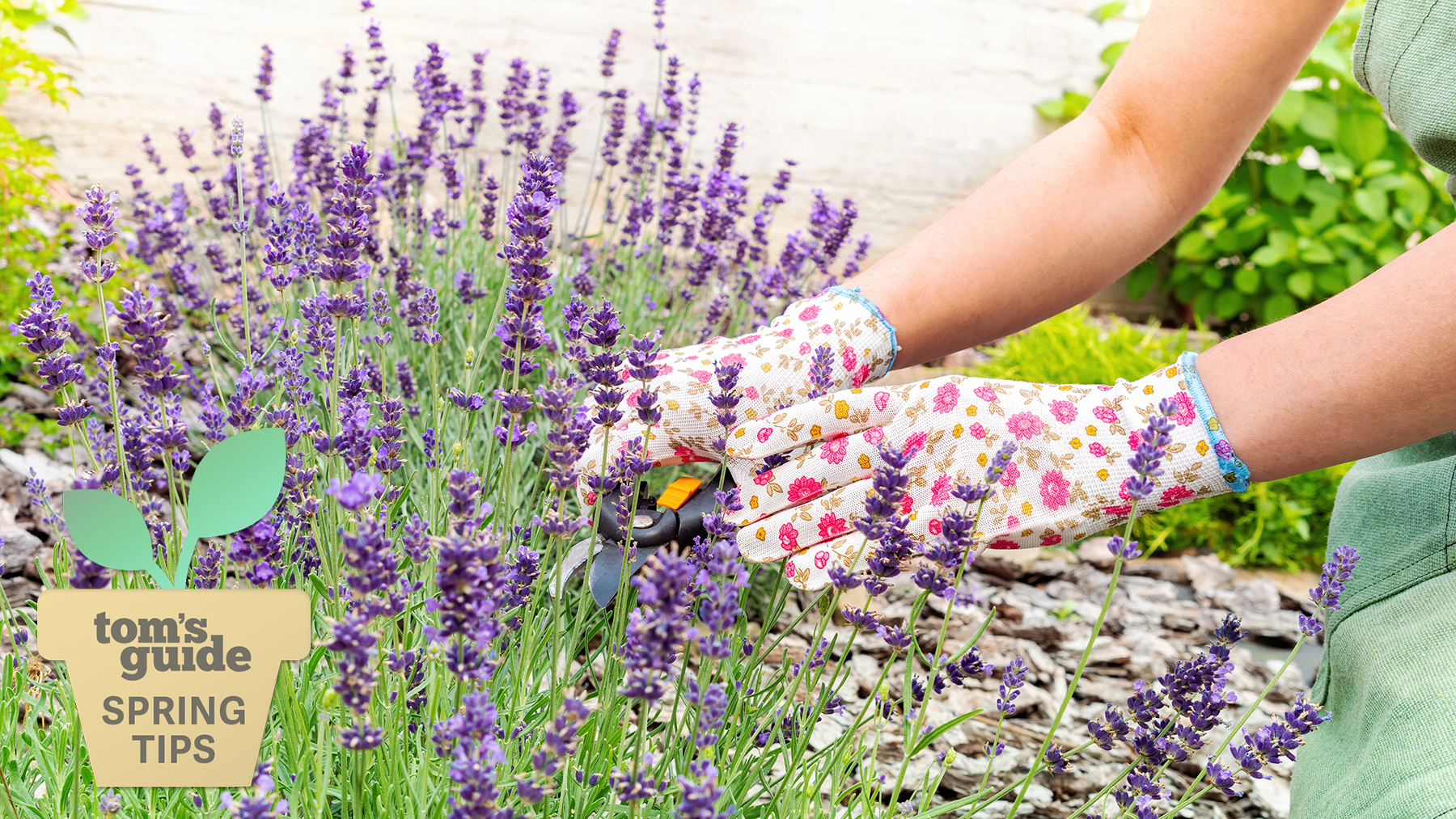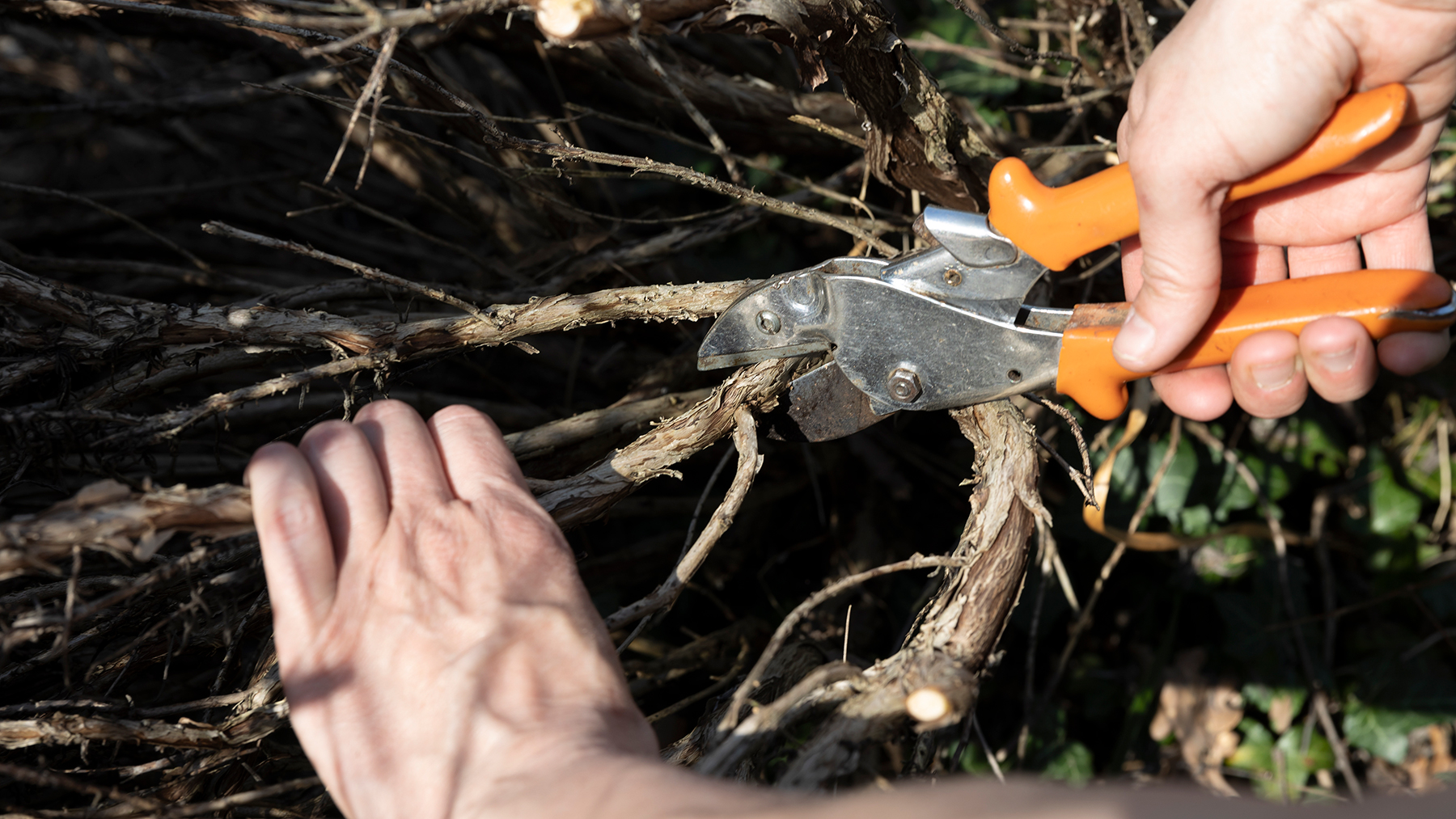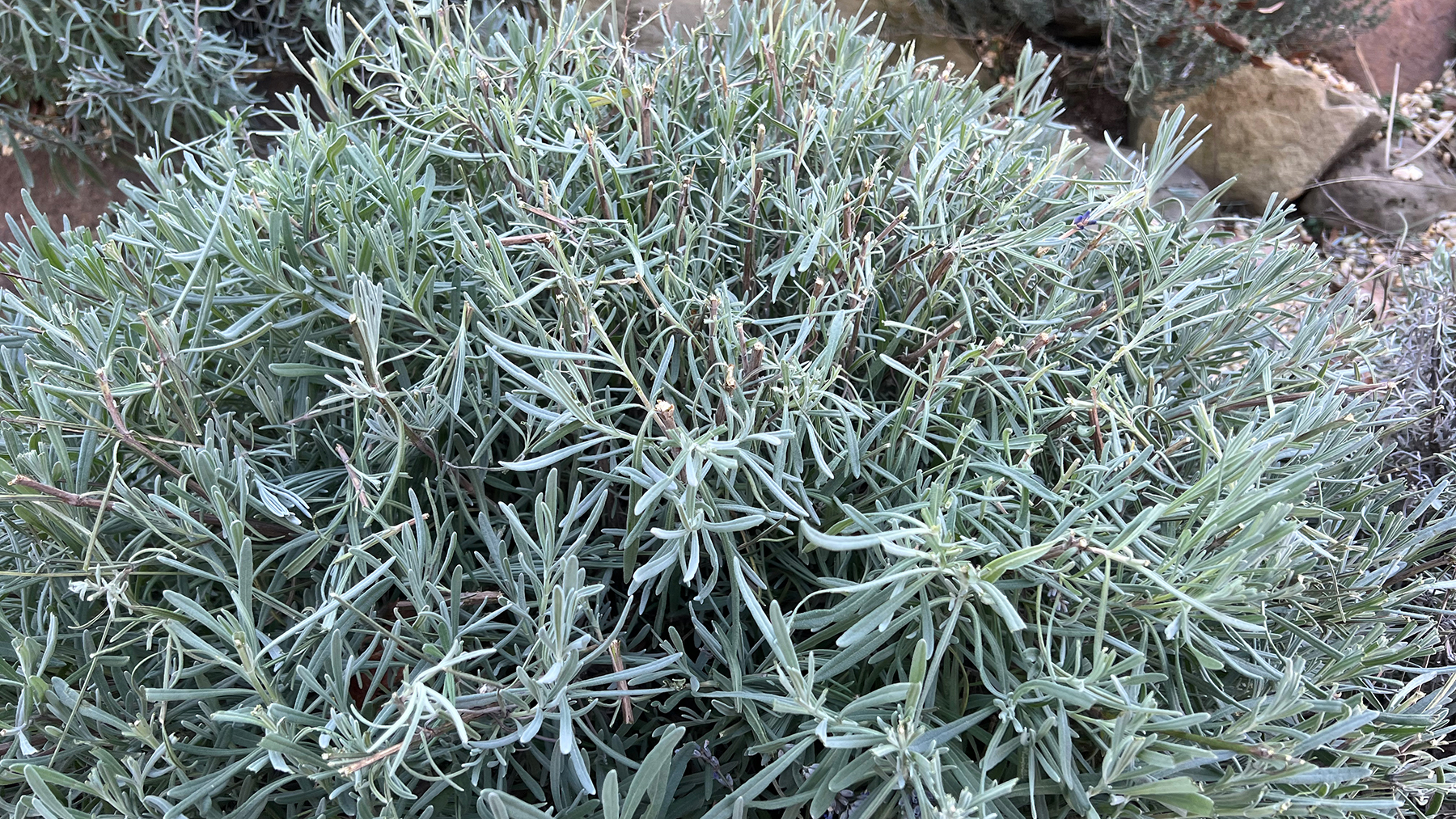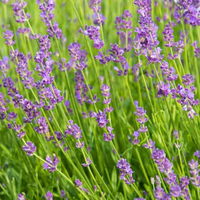How to extend the life of your lavender — experts share their tips
Keep your lavender healthy for longer

Lavender is a perennial that is easy to grow and doesn’t look out of place in traditional and contemporary gardens alike. It’s a regular staple on any garden designer’s plant list, and its versatility makes it a hot favorite.
However, although it is a perennial, it is a short-lived perennial, and over time, it can become woody and less attractive in appearance. Without the correct knowledge of how to care for your lavender it can be tempting to dig it up and start afresh.
But, before you get out your garden fork and best gardening gloves to dig up your woody shrubs, take a moment to understand the life of lavender and how, with a bit of care and attention, you don’t have to dig it up.
You might also be interested in reading when and how to harvest lavender, to extend the life of the fragrant plant beyond your yard, plus, when and how to prune lavender and how to winterize lavender.
What’s the expected lifespan of a lavender?
Although lavenders are not annuals, which survive for only one year, they are not long-lived plants. The length of time they survive will depend on their variety, with tender lavenders, such as French, Spanish and hybrid plants, lasting up to five years. However, if pruned correctly, hardy lavenders, such as English lavender, will survive for up to 20 years.
Aileen Carroll, professional gardener and manager at Van Windens garden center in California, says: “Without proper pruning, lavender is prone to get woody-looking in as few as three years!”
Choosing a hardy lavender
English lavender, lavandula angustifolia, is perfect for hedging and borders, as it takes a compact form. It has narrow and grayish-green leaves, and short and compact flower spikes, which come in lilac, blue, white and pink. The most common variety is 'Hidcote', which has tightly packed and darker colored flowers than 'Munstead, which is another popular choice.
Sign up to get the BEST of Tom's Guide direct to your inbox.
Get instant access to breaking news, the hottest reviews, great deals and helpful tips.
Munstead Lavender, Live Bareroot: $14.92 @ Home Depot
This aromatic English lavender forms a compact shape and has purple flowers on gray stems. Ideal to grow as a hedge or in a border, herb garden or rockery. It comes with a live bareroot and will suit Zones 5 to 9.
How to prevent lavender from becoming woody

Rather than leaving lavender to do its own thing, it does need some care and attention to prevent it from turning woody.
1. Prune with the seasons
Julian de Bosdari, CEO at Ashridge advises maintaining a regular pruning schedule. “Keep an eye on your plants during the spring and summer months and prune them at the end of summer after they’ve flowered and give them a harder prune at the beginning of spring,” adding, “When pruning ahead of winter, it is important not to cut too close to the woody base of the stems, or else you risk the plant dying in the colder months.”
2. Remove unwanted growth
He suggests giving the plant an annual prune for the best defence against lavender becoming woody over time, advising: “Prune plants back by one-third of their height in early spring before new growth emerges, removing any dead or excessive woody stems.”
3. Consider your soil type
De Bosdari also recommends adding compost or manure to the soil each season to replenish nutrients and promote fresh, herbaceous growth rather than woodiness. Other methods to discourage woodiness include ensuring excellent drainage by adding grit or sand to heavy soils, growing lavender in full sun, and avoiding overwatering.
“With proper planting conditions and vigilant yearly pruning, even established lavender plants can maintain a lush blooming habit for many seasons rather than becoming unsightly woody shrubs,” he adds.
Should you dig up woody lavender?

Lavender naturally develops woody stems and bases as it matures over the years, but this doesn’t mean the plant is dying or should be discarded. Robert Silver, master gardener and editor-in-chief at Pro Gardening Blog explains: “With proper pruning techniques, even severely woody lavender can allocate its resources into pushing out fresh, vibrant growth instead of a woody mass. By cutting back old growth, amending the soil, and providing attentive care like consistent moisture, you give the plant a healthy restart to its growing cycle.
“Lavenders are resilient plants that can remain productive for 5-10 years when properly maintained through periods of woodiness renewal. Digging up an established lavender only to replant a new one squanders the deeper rootstock’s potential for regrowth after smart pruning. With some effort in reviving its herbaceous nature, that woody lavender can once again become fresh in the garden for seasons to come.”
De Bosardi adds: ”Next time you’re tempted to dig up old, woody lavender plants and start again, just remember that with the right care and attention, you can restore your lavender plant to live as long as 20 years.”
I will take de Bosardi’s advice and hope to see a change in my lavender now that digging up my woody plants isn’t the only option.
More from Tom's Guide

Camilla Sharman has worked in publishing and marketing for over 30 years and has covered a wide range of sectors within the business and consumer industries both as a feature, content, and freelance writer.
As a business journalist, Camilla has researched articles for many different sectors from the jewellery industry to finance and tech, charities, and the arts. Whatever she’s covered, she enjoys delving deep and learning the ins and out of different topics, then conveying her research within engaging content that informs the reader. In her spare time, when she’s not in her kitchen experimenting with a new recipe, you’ll find her keeping fit at the gym. In the pool, stretching at a yoga class, or on a spin bike, exercise is her escape time. She also loves the great outdoors and if she’s not pottering about in her garden, she’ll be jumping on her bike for a gentle cycle ride.

